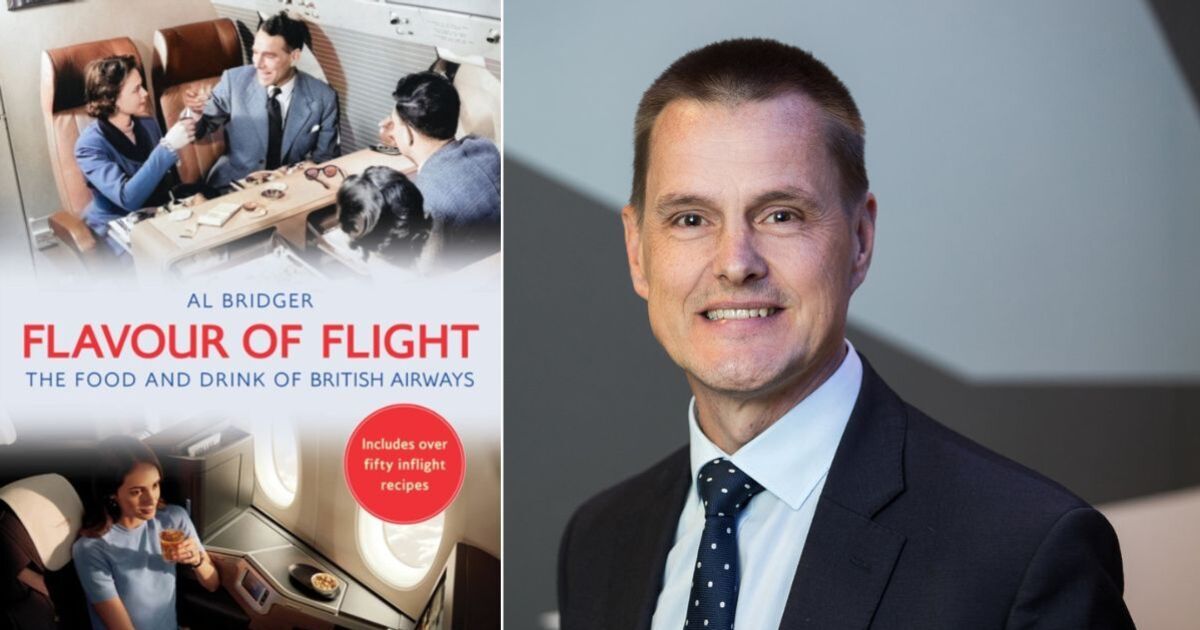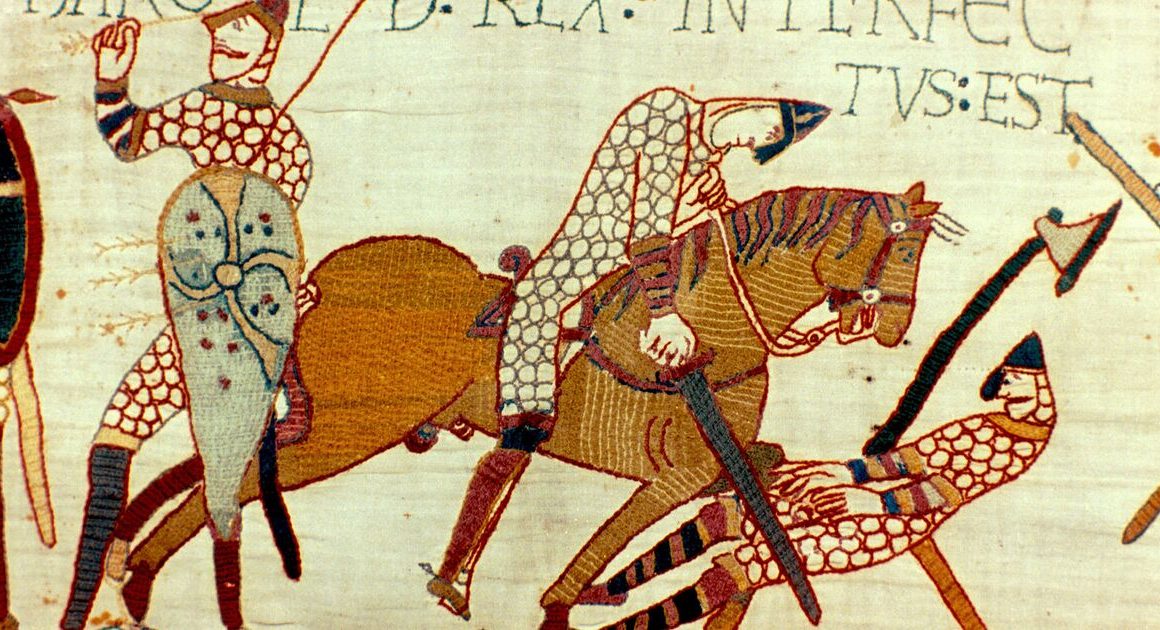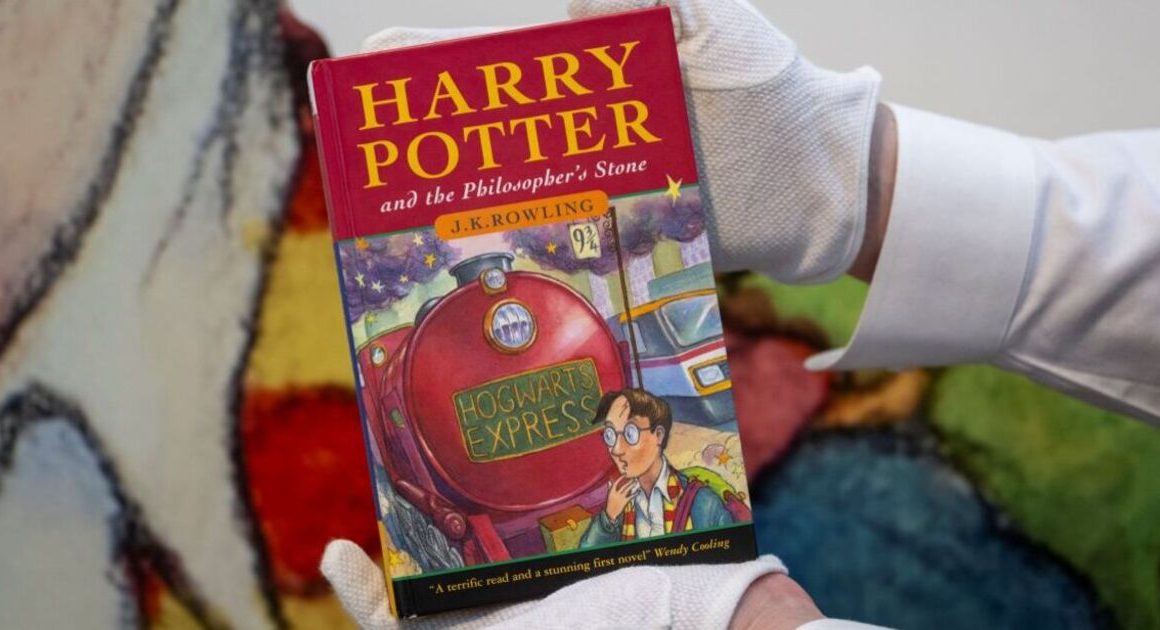It’s a world away from the reheated microwave meals, plastic cutlery and tinned wine familiar to most modern air travellers. But a new book reveals the golden age of in-flight catering when passengers could enjoy fresh lobster, Champagne cocktails and sumptuous service from white-coated stewards, all at 35,000 feet.
As British Airways pilot and author Al Bridger reveals, on-board refreshments were a crucial part of the appeal in the early days of passenger flight.
Long before budget carriers like Ryanair and easyJet revolutionised air travel, reducing luxuries to almost zero, passengers had come to expect a certain standard of service.
For those flying British Airways, this meant freshly-prepared food, delicious cocktails and fine wines, delivered to your seat on proper china plates with sparkling cutlery and cut-glass decanters with the kind of discrete service normally found in five-star hotels.
“From the very first flight in 1919 of British Airways’ predecessor, Aircraft Transport and Travel Ltd, quality of service and comfort onboard has been key,” writes Bridger in his new book, Flavour Of Flight, which is published next month.
“Fares were comparable to taking combined rail and sea tickets, with a one-way journey to Paris set at 15 guineas (approximately £650 today). While speed was a clear advantage for the new cohort of air passengers, it was comfort, service and safety that was central to attracting this group of adventurous travellers.”
The first scheduled passenger flight took off on August 25, 1919, flying from London to Paris with a single passenger and a cargo of newspapers, Devonshire cream and grouse. It was just the beginning and, by 1924, Imperial Airways, a forerunner to BA, was created as the government’s “chosen instrument of air travel”.
During the 1930s, the introduction of luxurious aircraft including the Handley Page HP42 offered customers new levels of luxury aloft. The cabin included windows made to open (not so popular these days) and armchairs with cushions. The in-flight service included fresh drinking water and luncheons (including spirits) available to be ordered when booking. As Bridger writes: “The model for the air transport industry was therefore born, with inflight service and catering an integral part throughout its history.”
Early travel journalist Sir Montague de P Webb, described “one of the most experienced travellers on Imperial Airways’ India route”, wrote in the Karachi Daily Gazette in the 1930s: “The great comfort of a modern airliner was afforded immediately and I was, by mid-day, quite ready for tiffin. The wonderful aircraft ‘Hanno’ provides tables for her passengers. A steward now appeared and what a luncheon! Lobster mayonnaise, chicken, ham, and salad, pears, and cream then cheese and biscuits. Could any traveller expect more? Whisky and soda, or British beer, completed this aerial repast.”
The very first BA menus, writes Bridger, were “rich with a selection of hot and cold beverages to aid the early traveller through their exciting adventures. Perrier water and lemon squash were offered alongside lager, sherry, port, gin, whisky, brandy and Italian vermouth. Hot drinks carried in flasks included chocolate, Bovril and those staples of menus for the next century, coffee and tea.”
Wines were, initially at least, too heavy to carry on board, but when they did arrive, in the fifties, they included, according to veteran BA cabin service director Howell Green: “In First Class, Grande Vin de Bourgogne, plus a Chablis, a Riesling and Champagne. I can’t recall a Claret but that’s probably my memory as I can’t believe we didn’t carry it.”
By the 1970s, menus offered “fine vintage wines selected from the great vineyards of Bordeaux, Burgundy and the Rhine”, with Champagne Brut and several spirits, cocktails, ale and lager and soft drinks. By the 1990s, BA’s wine lists were comprehensive, giving producer, wine, vintage and region, as well as tasting notes on the wines.
By the 1960s, the British-designed and built Vickers VC10 employed advanced galleys allowing for larger amounts of higher-quality hot food to be served.
“There wasn’t any in-flight entertainment, so the presentation of food and drinks was vital and also taking the time talking with the customers was a hugely important part of their journey,” recalls veteran former cabin crew member Pat Pearce.
Most food was heated in foil trays but a real change was the serving of roast joints.
“These were presented on a trolley and carved individually to the customer’s taste, making this a moment of in-flight theatre,” writes Bridger. “Well-done beef was carved from the end, and the rare beef in the middle. This took real skill, top-quality training and dedication to do well, with crew members given a carving set of fork, carving knife and sharpening steel – amazing looking back now.”
Breakfast was also a favourite as the grilled bacon, pork chipolata sausages, fresh mushrooms and tomato heated well in the ovens. Fried eggs were a “challenge”, hence omelettes or scrambled eggs were (and still are) used instead.
If it all seems a far cry from today’s in-flight catering, BA Chief Executive Sean Doyle insists that, while there “have been countless changes in the world of food in our more than 100 years of flying; styles, technology and familiarity with international flavours to name just a few. I’m proud to say that our passion, attention to detail and creativity has never dwindled in our relentless commitment to delivering consistently high levels of quality and service for our customers”.
-
Flavour Of Flight by Al Bridger (Amberley, £16.99) is published on October 15. To pre-order, visit expressbookshop.com or call Express Bookshop on 020 3176 3832. Free UK P&P on orders over £25












